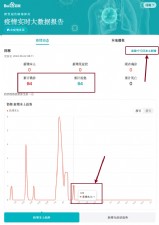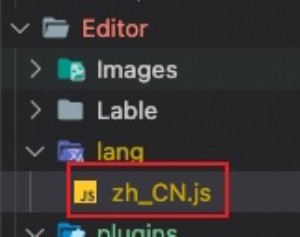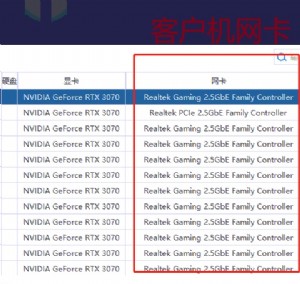详解如何为Linux系统编写设备驱动程序
68272">
int (*ioctl) (struct inode * ,struct file *, unsined int ,unsigned long);
int (*mmap) (struct inode * ,struct file *, struct vm_area_struct *);
int (*open) (struct inode * ,struct file *);
int (*release) (struct inode * ,struct file *);
int (*fsync) (struct inode * ,struct file *);
int (*fasync) (struct inode * ,struct file *,int);
int (*check_media_change) (struct inode * ,struct file *);
int (*revalidate) (dev_t dev);
}
这个结构的每一个成员的名字都对应着一个系统调用。用户进程利用系统调用在对设备文件进行诸如read/write操作时,系统调用通过设备文件的主设备号找到相应的设备驱动程序,然后读取这个数据结构相应的函数指针,接着把控制权交给该函数。这是linux的设备驱动程序工作的基本原理。既然是这样,则编写设备驱动程序的主要工作就是编写子函数,并填充file_operations的各个域。
相当简单,不是吗?
下面就开始写子程序。
#include
#include
#include
#include
#include
unsigned int test_major = 0;
static int read_test(struct inode *node,struct file *file,
char *buf,int count)
{
int left;
if (verify_area(VERIFY_WRITE,buf,count) == -EFAULT )
return -EFAULT;
for(left = count ; left > 0 ; left--)
{
__put_user(1,buf,1);
buf++;
}
return count;
}
这个函数是为read调用准备的。当调用read时,read_test()被调用,它把用户的缓冲区全部写1.buf 是read调用的一个参数。它是用户进程空间的一个地址。但是在read_test被调用时,系统进入核心态。所以不能使用buf这个地址,必须用__put_user(),这是kernel提供的一个函数,用于向用户传送数据。另外还有很多类似功能的函数。请参考。在向用户空间拷贝数据之前,必须验证buf是否可用。


本文来源:不详 作者:佚名


 天下网吧·网吧天下
天下网吧·网吧天下







